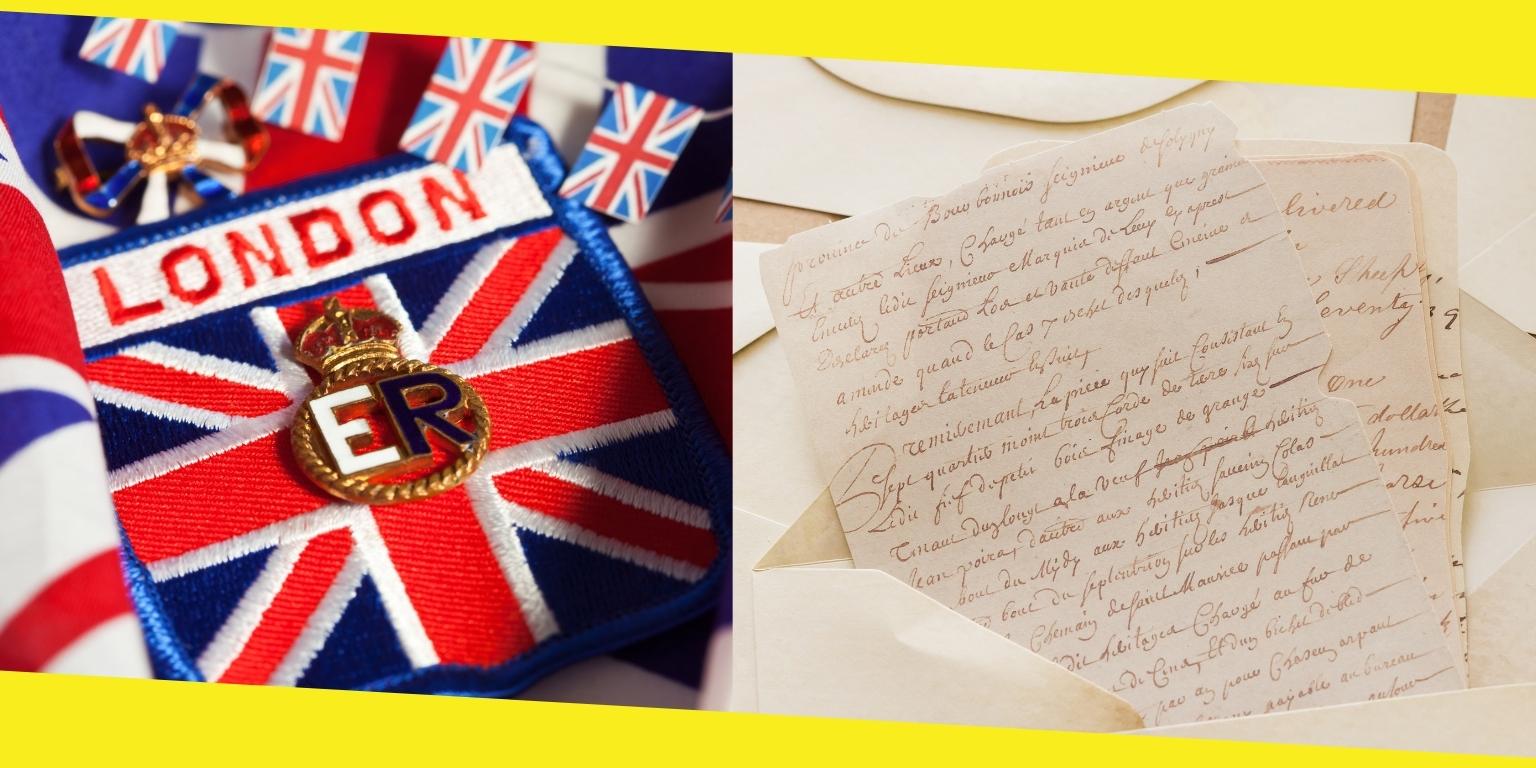One of Queen Elizabeth’s Most Famous Letters Expresses Emotions Following Diana’s Death

As mourners the world over grieve the passing of Queen Elizabeth II, we are reminded of the Queen’s own anguish in difficult times,
In one of several famous letters the Queen wrote during her reign, she shared her emotions on the loss of Princess Diana.
Diana’s death on August 31, 1997, stunned the world, who had closely followed the fairy-tale romance she shared with now-King Charles III … and the difficult breakup that followed.
The scenes after the Queen’s recent death are eerily reminiscent of those 25 years ago … cards, flowers and mementos left at palace gates, throngs of individuals waiting hours to pay their respects, reflections on the legacy of a remarkable woman.
Following Diana’s death, Queen Elizabeth remained quiet while staying in her beloved Balmoral Castle in Scotland. She later noted that she was caring for two of her grandchildren, Prince William, and Prince Harry, who had just suddenly, violently lost their mother.
Several weeks after Diana’s death, Elizabeth wrote to one of her closest friends, Lady (Henriette) Abel Smith, a lady-in-waiting. The letter was discovered several years ago and reveals insights into the Queen’s emotions during that difficult time.
“Dearest Henriette,” the letter begins, “Thank you so much for your letter about Diana’s tragic death.”
Queen Elizabeth had received considerable backlash for her lack of public response to Diana’s death. Critics felt she was insensitive to the needs of her subjects and aloof in her silence.
Yet the letter to Lady Abel Smith paints a very different picture of the anguish she was feeling at the loss of her former daughter-in-law.
“It was indeed dreadfully sad, and she is a huge loss to the country. But the public reaction to her death, and the service in the Abbey, seem to have united people round the world in a rather inspiring way.
“William and Harry have been so brave and I am very proud of them,” the body of the letter reads.
Those two paragraphs are typewritten. However, the Queen hand wrote additional lines to the letter.
“I think your letter was one of the first I opened — emotions are still so mixed up but we have all been through a very bad experience!”
The lines point to the conflict and challenge Queen Elizabeth faced in the aftermath of Diana’s death. Royal historians have speculated that the last lines mean in one of the most famous letters of Elizabeth’s reign.
The lines speak to the inner conflict Elizabeth and those within the Royal Family were experienced. There was, of course, the abject horror that the royals felt at the tragic, untimely loss of Princess Diana at such a young age. In addition, the family was grieving, particularly worried about the impact of Diana’s death on her young, teenaged sons.
That internal, familial emotion was in conflict with the criticism that was lodged against the palace at the seemingly poor, late response to the tragedy. Yet the Queen’s defenders note that she was protecting her grandsons during a time of grief, allowing them to be in familiar surroundings away from the glare of London media and the public.
The Queen did speak to the country several days after the death, on the eve of Diana’s funeral, echoing some of the sentiment that would be reflected in the letter to her friend later on.
““[Diana] was an exceptional and gifted human being,” the Queen said. “In good times and bad, she never lost her capacity to smile and laugh, nor to inspire others with her warmth and kindness.”
Among her famous letters, the correspondence with a long-time friend is a powerful reminder that leaders, regardless of their position, are human, and must process loss in their own, unique way.
Recommended For You
Review of 4Rabet for India – Best Betting And Gambling Site
Most Inside
Most Inside offers high-quality recommendations and valuable updates to enhance all aspects of your life, providing premium guidance and enriching experiences.




